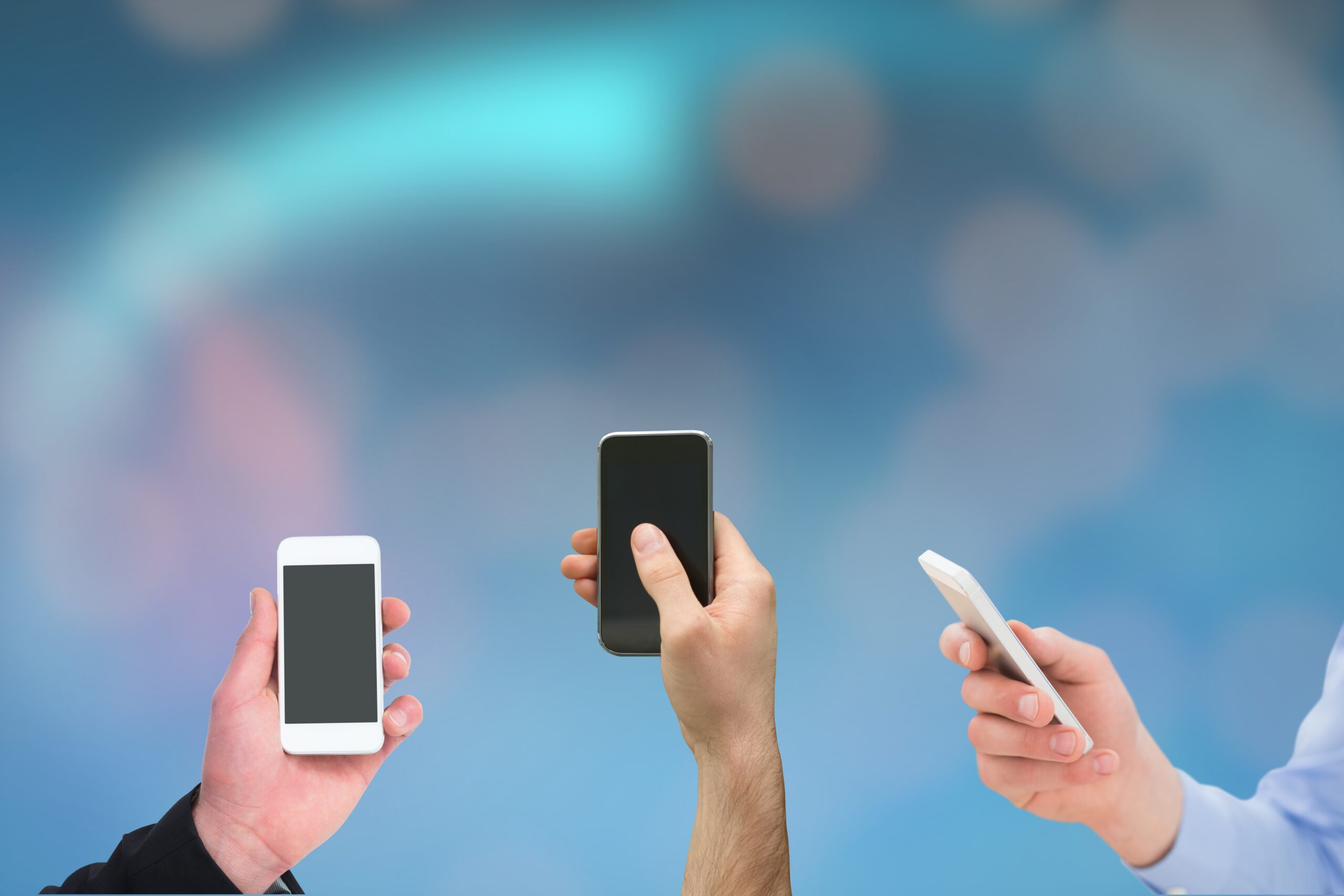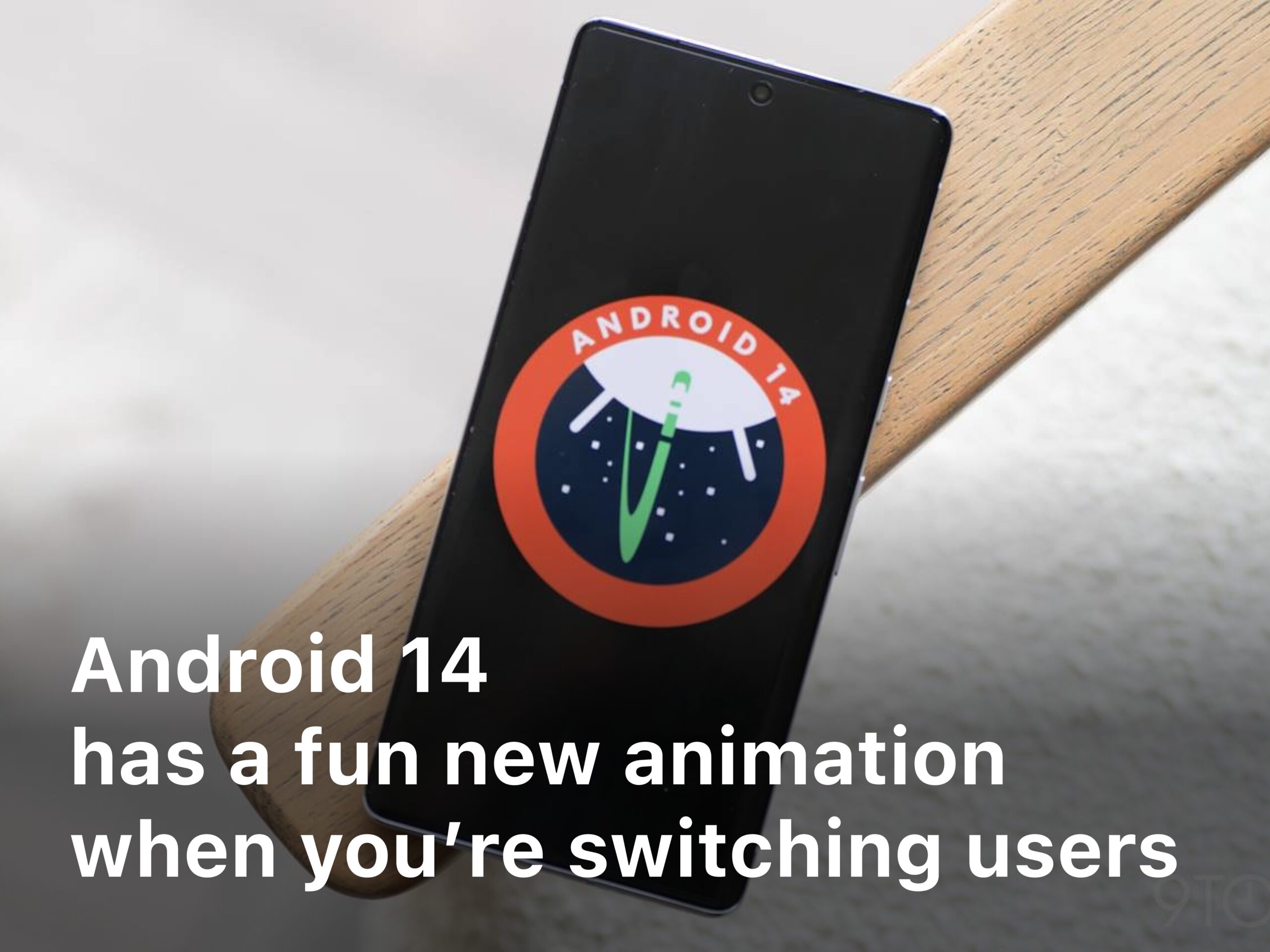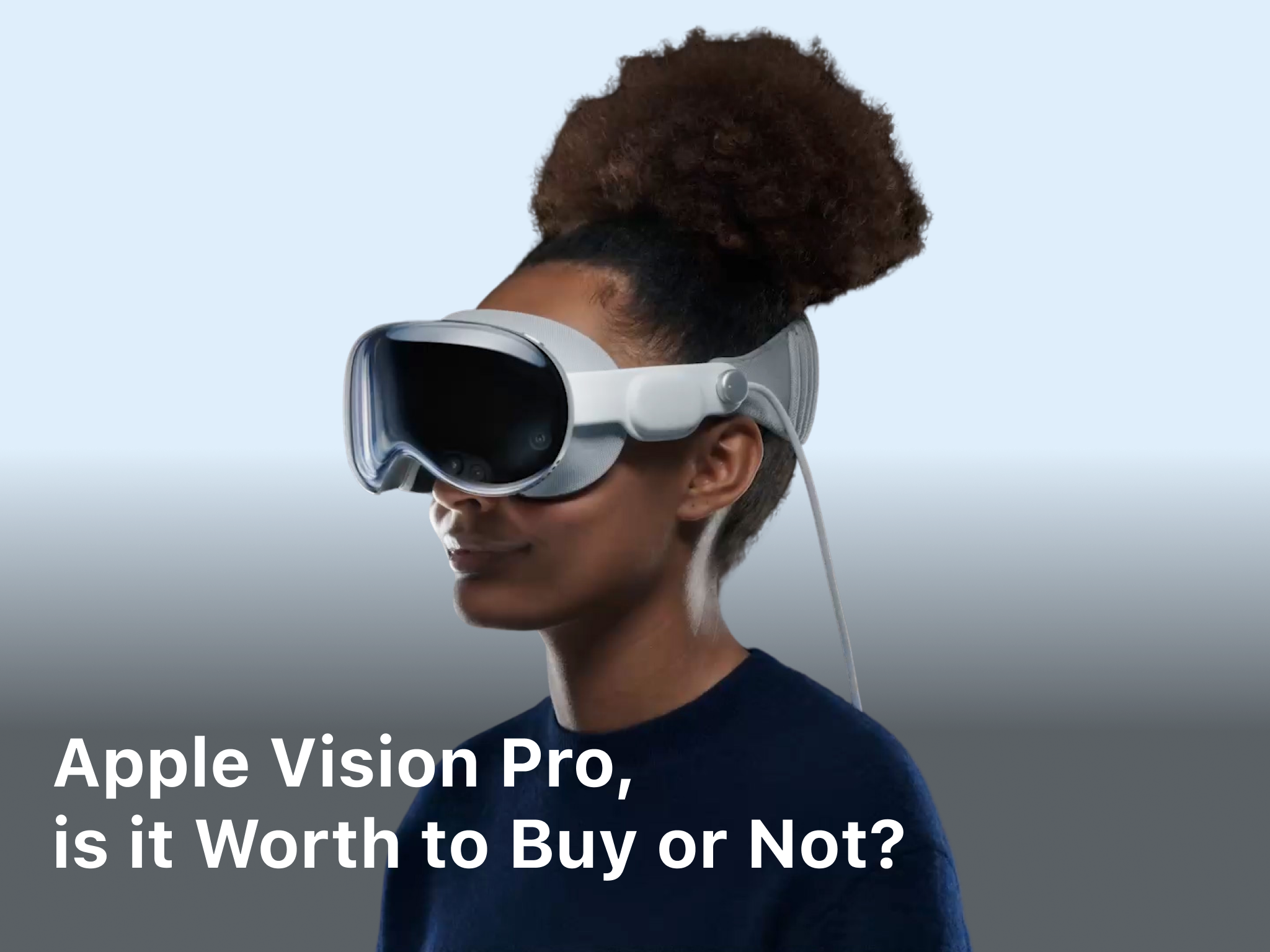
7 Reasons to Switch from Android to iPhone
People usually must choose between two popular operating systems when buying a new phone. Switching from Android to iPhone is a personal decision that depends on individual preferences and needs. While both operating systems have their own strengths, here are seven reasons why some people choose to switch from Android to iPhone:
Switch from Android to iPhone
1. Information security
Information security companies unanimously agree that Apple devices are more secure than Android devices, according to a report by Forbes, 97 per cent of smartphone malware targets Android phones.
Android phones get malware and viruses, particularly from app stores. Apple s App Store has fewer apps than Android phones, but the number of available apps is only one of the critical elements of app stores. Apple is cautious with selecting which app developers gain access to the so-called Apple ecosystem– a network of devices, apps and developers. Getting apps that contain malware into the App Store is practically impossible.
In comparison, Google’s app store, Google Play, is an ad-supported and gratis environment where anyone can put their apps on display. Android allows the user to install apps from outside the Google Play store, making it impossible to monitor apps possibly containing malware and viruses.
In addition to the app store, un- updated operating systems cause security threats. Because several phone manufacturers use the operating system provided by Google, not all of them get the updates simultaneously and are thus exposed to massive security threats. iOS devices are made only by Apple, so the corresponding problem doesn’t exist.
2. The Apple ecosystem
The range of Apple products has grown notably in recent years. The company started making computers and has since added music players, tablet computers and smartwatches to its product selection. Today, Apple provides various products and services for various purposes.
The devices work seamlessly and effortlessly together. You don’t need to unduh or install separate applications to link them; it’s enough when you sign in to the devices with the same Apple ID. Photos, emails, notes and calendars can be shared on all the devices. You also don’t t have to pay twice for apps, movies or books– they can be found on all your devices.
The closed ecosystem also guarantees user safety, and the operating environment is secure when devices, users, manufacturers and app developers are all in the same ecosystem.
The situation is different for Android phones. Several manufacturers produce phones and tablets based on the same operating system, so a safe ecosystem and using the devices together seamlessly cannot be guaranteed.
3. Ease of use
Apple phones are known for their ease of use. Their usability comes from sederhana operating logic: all the apps are launched from the home screen. All the settings, for example, can be found under one menu. And even if you upgrade your iPhone to the newest model, the operating system still works the same way and using it is easy.
An Android phone can be modified and customised in various ways, but the basic features of its operating system are much more complicated and confusing than the iOS system. An iPhone is an obvious choice if you value an easy-to-use and good smartphone for essential use.
4. Get the best apps first
The developers of the best and highest quality apps still favour Apple. Most apps use Apple s App Store as their launch platform and release their apps there much earlier than they do in the Android phones’ Google Play store. Has been the case with some of the most popular apps of recent years, such as Mario Run and Snapchat.
Some apps may not be released at all for Android phones. It s much more challenging for app developers to create permanent apps for Android phones, as there is a wide range of them, and many unique features of the phones should be considered in the development. The App Store s revenue model also better serves the developers of high-quality apps, which will guarantee safe and sound apps for iPhone users in the future.
5. Apple Pay
Apple Pay is Apple s payment service, enabling credit and debit card payments using your phone. Paying works like contactless payment with a plastic card, i.e., by placing the phone by the card reader. The card is protected with Face ID, Touch ID or the phone’s passcode, which lets you keep your payment information safe.
Apple Pay can also be used to make app purchases: reserving a hotel room, shopping for clothes or ordering a pizza couldn’t be easier. Google Pay is not yet available in many countries, so users needing a sederhana and easy mobile payment method should opt for the Apple iPhone.




